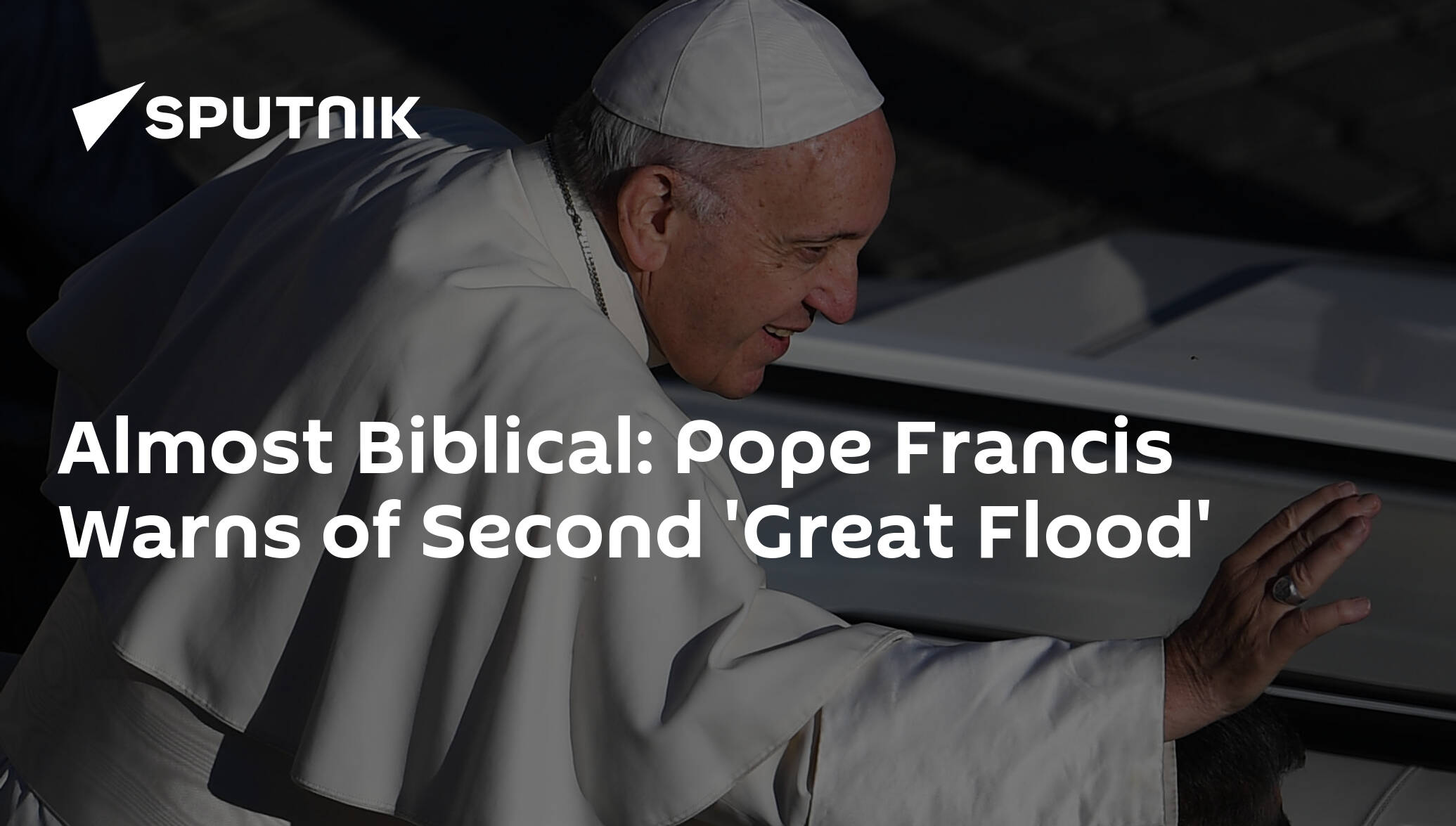Coming soon off the Oregon coast...
OSU-led wave energy project moves a step closer to construction
This article caught my eye and seemed relevant to the GND, Great Reset and 4IR’s agenda in regards to renewable energy. The goal is to study the potential of harnessing energy from waves off the coast of Oregon. An area prone to earthquakes and tsunamis — so what could go wrong?
Besides the usual exuberant tone for alternative energy, there’s well, just pure hubris in a statement that claims:
Funny little slip in that they say “stop character of wind” given all the frozen wind farms in Texas — out of sight, out of mind I suppose. But maybe this time by installing (drilling?) a massive piece of infrastructure underwater and near the Cascadian subduction zone we’ll get the breakthrough needed to save us from ourselves.
Not gonna hold my breath but will be interesting to see how this harnessing of wave energy develops. Thought I’d share for others consideration.
but will be interesting to see how this harnessing of wave energy develops. Thought I’d share for others consideration.
Full article:
OSU-led wave energy project moves a step closer to construction
This article caught my eye and seemed relevant to the GND, Great Reset and 4IR’s agenda in regards to renewable energy. The goal is to study the potential of harnessing energy from waves off the coast of Oregon. An area prone to earthquakes and tsunamis — so what could go wrong?
Besides the usual exuberant tone for alternative energy, there’s well, just pure hubris in a statement that claims:
“We like to think of wave as the slow and steady tortoise complement to the full speed and stop character of wind and solar,” said Burke Hales, a professor of oceanography at OSU and chief scientist for PacWave.”
Funny little slip in that they say “stop character of wind” given all the frozen wind farms in Texas — out of sight, out of mind I suppose. But maybe this time by installing (drilling?) a massive piece of infrastructure underwater and near the Cascadian subduction zone we’ll get the breakthrough needed to save us from ourselves.
Not gonna hold my breath
Full article:
The federal government this week approved a lease for a wave energy test site off the Oregon Coast.
An Oregon State University-led project called PacWave has worked for years to build an offshore facility to test wave energy devices. The lease from the federal Bureau of Ocean Energy Management moves the project one step closer to construction, which could begin as early as this summer.
Wave energy is quickly becoming a key piece to the renewable energy puzzle. Waves are relatively more consistent and predictable than other renewable energy sources like wind and solar, which gives them enormous potential.
“We like to think of wave as the slow and steady tortoise complement to the full speed and stop character of wind and solar,” said Burke Hales, a professor of oceanography at OSU and chief scientist for PacWave.
The industry has struggled to get off the ground. One reason is because wave energy devices need to be tested at scale (i.e. in the ocean). Putting these large pieces of infrastructure into the water requires a comprehensive regulatory process and a lot of money.
A first-of-its-kind wave energy project proposed off the coast at Reedsport actually fizzled in 2014 due to high start-up costs.
The PacWave facility would provide a designated spot in the ocean about 7 miles off the coast at Newport to test wave energy technologies, eliminating many of those costs.
“The real world has challenges that are hard to actually mimic with a scaled or laboratory experiment,” Hales said. “We’re building the facility that will let people do that.”
Oregon has a fairly harsh wave climate, which provides the rigor necessary to determine a device’s long-term viability. PacWave aims to test up to four devices at a time.
Hales said the lease is the last piece PacWave needs for the Federal Energy Regulatory Commission to issue a license and for other federal agencies to conduct their final reviews of the project.
The facility will cost about $80 million to build.













